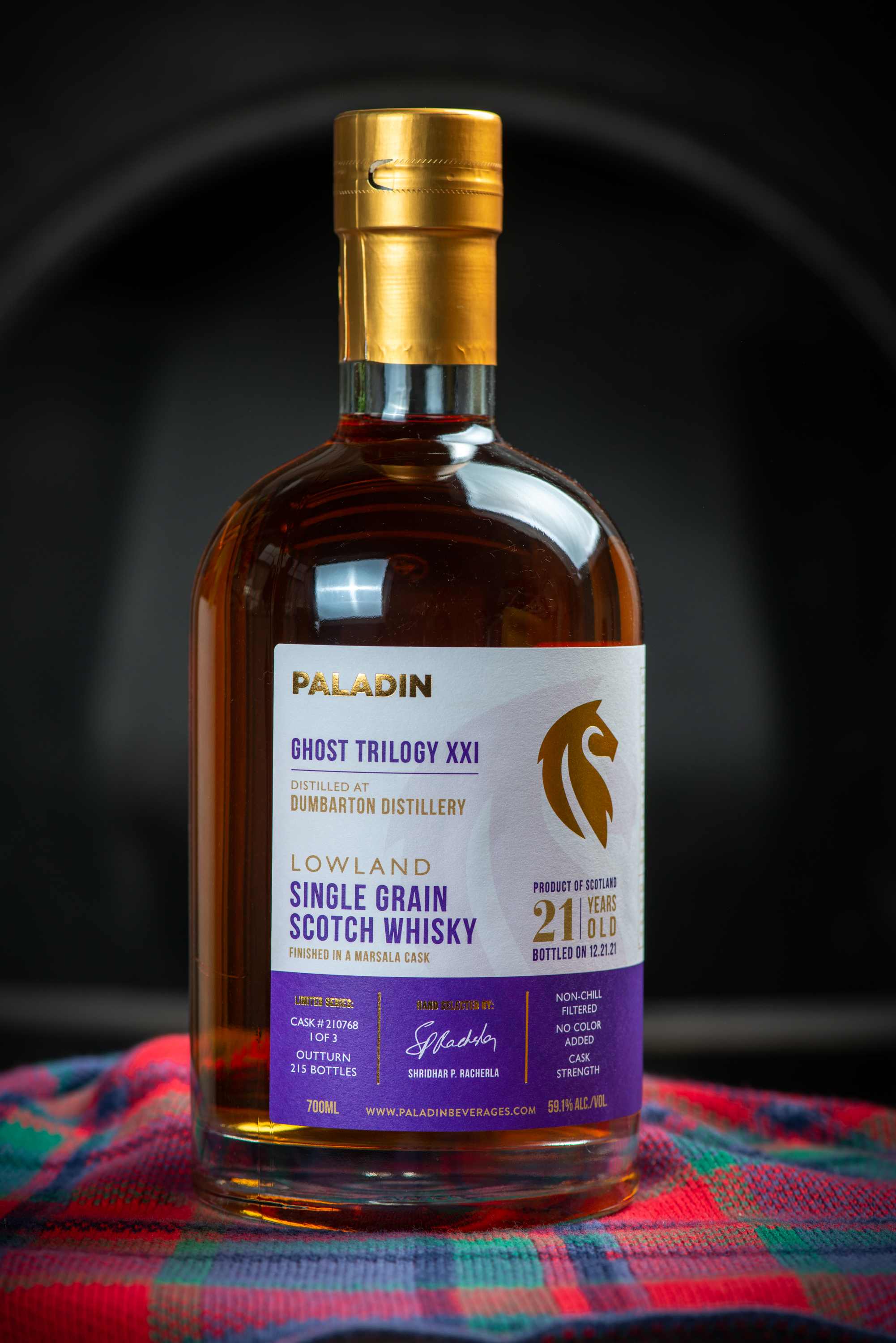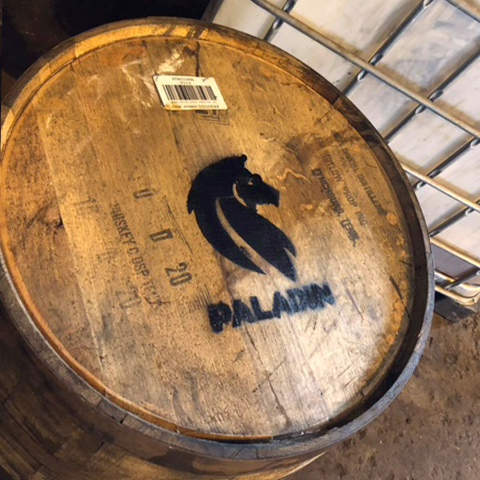Cask ownership FAQs
Due to the increasing interest in whisky cask ownership, we have compiled a list of frequently asked questions to help address your inquiries. If you have additional questions, we would love to hear from you.

How do I choose the right cask of whisky?
The amount of time we get asked this question is unbelievable. This is cask investing 1-0-1!
In our opinion – you decide this using 3 factors:
- What is your Risk Appetite? Are you looking for a “passion” ownership or are you looking to diversify your portfolio?
- What is your Budget? As a rule, PEB recommends that you own a “portfolio” of casks rather than a single one (however, if you only want ONE, that’s okay too). That is why it is so important to talk to us – as we can work with you to curate the best proposition for you. We have a diverse selection of whisky casks for every budget!
- What is your Time Horizon? In other words, how long do you want to hold your onto your cask, short, medium or long term?
We ensure all our portfolio options are made keeping in mind your EXIT strategy; concentration risk and peace of mind.
Cask Ownership – I paid for my cask, how do I know that I own it?
This is where we think our Compliance and Legal backgrounds give you the best advantage in the industry! Before we started Paladin, we witnessed the amount of fraud, schemes and deceit that was rife in the world of investment products (including cask ownership). We go through extraordinary levels of counterparty due diligence to ensure you get what you invested for!
Furthermore, we ensure all our casks over the age of 5 years are regauged once we take possession of them (on your behalf). We work with only reputable and government (HMRC) approved cask servicing companies and warehouses. Finally, we aim to centralise all our stock in a few select warehouse locations so, if you wish, you can arrange a visit to see your cask (or order to draw a sample) in person.
You are provided with a “Title Deed Certificate” which is authenticated and verified by Paladin’s two founders before it is issued. Paladin receives the Delivery Order and maintains custody of it on your behalf (since we are licensed by HMRC).
All our casks come with 5 years storage, insurance and some servicing included. We aim to remove all the cumbersome hassles of owning a cask!
Purchasing a Cask – How do I make a payment?
We have ensured purchasing is a seamless process! Once you have decided which casks will form your “portfolio” we send you a clear and transparent Purchase Agreement (PA) to read and sign. We used our Compliance and Legal pedigrees to ensure we live by our ethos of being “Transparent” and “Ethical” to give you “Diverse” opportunity.
Once you have signed the PA we accept payment in multiple currencies using our global banking partner – it is a simple bank-to-bank transfer.
Cask Storage – Where is my whisky cask stored?
We store your cask(s) with our partner distilleries or in a UK government approved bonded warehouse. The scotch cask(s) are stored in Scotland, Welsh cask(s) are stored in Wales and English casks are stored in England, depending on what liquid you have procured. As you might know all Scotch whisky casks have to mature and bottle in Scotland for them to be labelled as Scotch (unless you have an English or Welsh whisky).
We identify all cask locations in your Title Deed upon issuance. PAI will always be your first port of call if you want to know anything pre or post purchase on cask locations and visitation.
I want to sell my whisky, how do I exit my Cask?
We always start your journey to cask ownership with an “EXIT” strategy in mind. We ensure it is simple, seamless and hassle free. Upon your request to sell, we can make a recommendation of what is the best option for you. You then sign a “Sell Order”, and we get to work. Once the cask is sold (as a retail bottle or in its cask), PEB simply transfers your sale proceeds (minus any costs and fees as detailed in your PA) to your bank account.
PEB also sends you regular updates to give you a potential idea of all your options available to exit.
What is ABV?
ABV or Alcohol By Volume is the percentage of pure alcohol in a cask. For example, a whisky that is 40% ABV is 40% pure alcohol and 60% water.
What is OLA?
The volume of liquid in a cask is measured in bulk litres of alcohol, I.e., the total amount of whisky in the cask. However, when a cask is bought or sold the price paid is calculated on the litres of pure alcohol in the cask. This is the alcohol at 100% ABV in the cask. When a cask is filled, this measurement is known as the Original Litres of Alcohol (OLA).
Example: If a cask was filled with 200 litres of whisky at 50% ABV then there would be 100 litres of pure alcohol in the cask. So, the OLA figure is 100 OLA.
What is RLA?
Because alcohol is lost through “Angel’s Share”, a cask is usually regauged within about 10 years (although sometimes earlier or later) of being filled to establish its current strength and volume. This new figure is called the Regauged Litres of Alcohol (RLA). The RLA figure is updated each time a regauge is requested. A new ABV is provided at the same time as well.
Example: If the cask in our previous example was regauged to have 150 litres of whisky at 50% ABV after 10 years, there would be 75 litres of pure alcohol left in the cask so the RLA figure would be 75 RLA.
What is Angels’ Share?
The “Angels’ Share” is a term for the natural evaporation of whisky out of a cask over the course of its maturation. The story goes that the whisky drifts up to Heaven for the angels to drink, hence the name.
Generally speaking, spirits tend to evaporate more quickly while they’re young, and then slow down as they age. So, at the very beginning of a whisky’s time in the cask, the angels’ share will be right at the top of the spectrum – around 3.5% to 4% every year. As it ages, the whisky will keep evaporating (it will never stop), but it will do so at much lower rates. By the end of its maturation period, a 20-year-old spirit might lose 40% of its volume. But what it loses in volume by its inherent nature it gains in price!
Did you know that a whisky that drops below 40% abv is no longer legally a whisky?
What influence does climate have on Angel’s having my whisky?
Let us look at our friends in Kentucky located in the southeastern portion of the USA. Due to its climate, the Kentucky summer might send the temperatures in top floor of a warehouse in ranges if 50-60C (140 – 140F), while the bottom floor might be 20C (70F) soaring the rates of maturation and evaporation. The casks on the top floors lose liquid rapidly.
Furthermore, Kentucky is also humid, thus enabling the water leaving the cask first (rather than alcohol), strengthening the Bourbon. That is in contrast to what happens in Scotland (which is cold and less humid) where the alcohol leaves the spirit first.
What are the types of casks?
Common Cask Name: Barrel
Wood: Virgin American oak, Irish oak, Japanese oak, etc.
Volume: Usually 200 – 500 litres, though they can have quarter casks as well which are 80L
Comes from: Country of origin
Typical flavours: Spice, vanilla, sweet oak
You may know: Octomore 7.4, Arran The Bothy
Common Cask Name: Barrel or barrique
Wood: Typically, French oak
Volume: Up to 220 litres
Comes from: Local to each wine region, e.g. Bordeaux (France)
Typical flavours: Varies according to wine. Sauternes has notes of fresh bread, tart au citron, and crème caramel. Bordeaux gives red berry, cherry, and plum.
You may know: Glenmorangie Quarter Century, Glenmorangie Pride 1981
Common Cask Name: Pipe or barrique
Wood: Usually French oak
Volume: Up to 600 litres for a port pipe, up to 220 litres for a port barrique
Comes from: Portugal
Typical flavours: Berry fruits, red currant, sultana
You may know: Glenmorangie Quinta Ruban, Balvenie Portwood 21 year old
Common Cask Name: Butt or puncheon (Sherry Finish)
Types: Pedro Ximénez, oloroso, amontillado, fino, manzanilla, etc.
Wood: European or American oak
Volume: Up to 500 litre
Comes from: Jerez, Spain
Typical flavours: Dates, walnut, sultana
You may know: Balvenie DoubleWood, Lagavulin Distillers Edition, Glenmorangie Lasanta
Common Cask Name: Drum (Madeira Finish)
Wood: Portuguese oak
Volume: Up to 650 litres
Comes from: Portugal
Typical flavours: Sweet fruits, figs, spice
You may know: Laphroaig Cairdeas 2016, Tyrconnell 10-year-old Madeira Cask Finish
Common Cask Name: Puncheon (Rum cask)
Wood: American oak
Volume: Up to 500 litres
Comes from: Caribbean
Typical flavours: Molasses, vanilla, tropical fruits
You may know: Balvenie Caribbean Cask, Teeling Small Batch Rum Cask Finish
Common Cask Name: Barrel (Beer cask)
Wood: American oak
Volume: Up to 200 litres
Comes from: Usually a local brewery
Typical flavours: Sweetness, malt, creamy
You may know: Glenfiddich IPA Experiment, Jameson Caskmates
What volumes do casks hold?
| Whisky barrel | Approximate capacity (Litres) | LPA (Litres of Pure Alcohol approximate) |
| Barrel | 190-200 | 120-140 |
| Hogshead | 225-250 | 142-175 |
| Butt | 475-500 | 302-350 |
| Quarter cask | 45-50 | 29-35 |
| Barrique | 250-300 | 159-210 |
| Puncheon | 450-500 | 286-350 |
| Port pipe | 550-650 | 350-455 |
| Madeira drum | 600-650 | 381-455 |
NOTE: Barrel, Hogshead, Quarter Cask, and Barrique are the most common type of drums used in the industry.



Paladin Exotic Beverages is registered in the United Kingdom
AWRS # XTAW 000 0011 7101
WOWGR # GBOG382254400
peb@paladininvesting.com
